What do you picture in your mind when you think of going on safari? Do you imagine sweeping grasslands and endless plains full of antelope or wildebeests? Do you picture large herds of elephants and zebra grazing freely through open grasslands? Or perhaps you think of a lone Baobab tree in middle of the savanna, with limitless horizons and red, fiery sunsets?
The truth is, if any of these images come to mind, then you are indeed picturing a real place: you are imagining none other than the glorious majesty of Africa’s Masai Mara.
Nestled in East Africa, in the Southwestern portion of Kenya that borders Tanzania’s Serengeti National Park, the Masai Mara National Reserve (also known as the Maasai Mara) is Kenya’s most famous wildlife destination. The reserve is one of Africa’s highest density regions for predators, and its wide open grasslands and rising wildlife populations make it one of the best (and easiest) places in the world to spot game, from elephants and giraffe to lions, rhinos, and leopards (oh my!). With the magnificent Masai Mara weather, spectacular game drives, and stunning landscapes, it is no wonder The Mara is widely considered a “must-see” for any safari-goer. Continue reading below to see why the Masai Mara should be added to your bucket list!
1. The Great Migration
Recognized as one of the “Seven New Wonders of the World,” the Great Wildebeest Migration occurs between July and October each year, in which over two million wildebeests, zebra, impala, and other mammals leave the Serengeti National Park in Tanzania and move into the Masai Mara in search of greener pasture. Nowhere in the world is there such an immense movement of wildlife at one time as during this Great Migration! Thousands of tourists travel to the Mara each year to partake in this miraculous event and observe as millions of wildebeests cross hundreds of miles of grassland and run through rushing rivers (often in single file lines) to find more abundant food and water. The Great Wildebeest Migration is a wild and somewhat overwhelming spectacle that will mesmerize anyone who is lucky enough to capture it.
2. Abundance of Wildlife
With its vast open plains and ever-increasing wildlife numbers, travelers to the Masai Mara are guaranteed to spot some of the most sought-after animals on the planet. In fact, the black rhino is the only animal of the famous Big Five (elephant, buffalo, lion, leopard, and black rhino) that is rare to find in this area (but not impossible!). Meanwhile, it is common to spot large herds of elephants, giraffes, impala, wildebeests, zebra, hippos, crocodiles, and the ever-laughing hyena.
The Masai Mara is also one of the best places in the world to spot the big cats, including lions, cheetahs, and the lone leopard. In fact, during our fascinating game drive in the Masai Mara National Park, our guide skillfully spotted a beautiful, rare leopard taking a nap high up in a tree! We watched on the edge of our seats as the giant cat stretched and yawned and slowly made his way down the tree, where he eventually disappeared into the tall grass.
3. The Masai People
While most people travel to Kenya to experience the amazing diversity of wildlife, they do not stop to think about the equally incredible diversity of people. There are over 40 unique ethnic groups living in Kenya, with one of the most fascinating being the Masai tribe (the namesake of the National Reserve). Migrating to Kenya as far back as the 15th century, the Masai are well-known for their preserved traditions throughout the centuries. The Masai live a semi-nomadic existence, roaming between Kenya and Tanzania in search of water and pasture for their cattle. Their lovely, hand-made blankets, jewelry, food, and rich culture and traditions make the Masai incredible to both learn from and to experience.
4. Sunrise Game Drives
Morning game drives provide the exceptional opportunity to see predators returning from a hunt. On my last trip to the Masai Mara, we stayed in beautiful tents on the north conservancy. Just before dawn on our last morning, we grabbed our cozy Masai blankets and climbed into the jeep, where we watched the golden sun emerge out of hiding and light up the shimmering grassland. Almost immediately, our Masai guide discovered the distinct tracks of a male lion, and we drove along the tracks’ path for half an hour until we found him, wandering alone through the grassland in search of his family after a night on the hunt. Our driver pulled up right next to him, so close that I could almost reach out and grab a tuft of his wild, auburn mane. He paid no attention to us, but instead continued walking, his magnificently large paws making small potholes in our path. With no one else around, the atmosphere was so quiet that we could hear his breath in the cool morning stillness. Then, at once, he stopped in his tracks on top of a small mound and let out a terrifying roar. It was a surreal experience, to be so stunned and awed by the power of nature.
5. Sunsets over the Conservancies
On our last night in the Masai Mara National Reserve, we took an evening game drive through one of the conservancies, where our guides were able to ignore the well-worn roads and drive freely through the wilderness. Our Masai guide drove to an empty plain, where we could see what seemed like millions of wildebeests grazing in the nearby fields. And it was there that we sat and watched the sun set over the endless plains; it was the largest red sun I had ever seen, and the most spectacular light show. It was an iconic African experience: to watch thousands of wildlife roam freely amidst the backdrop of the marvelous orange and red sky.
The Masai Mara in Kenya is full of magnificent wonders and is a powerful demonstration of the majesty of nature. From the people to the open grasslands to the amazing wildlife, the Masai Mara holds both beauty and adventure at every turn, and it is sure to leave you speechless.
So, when are you going on your safari?!



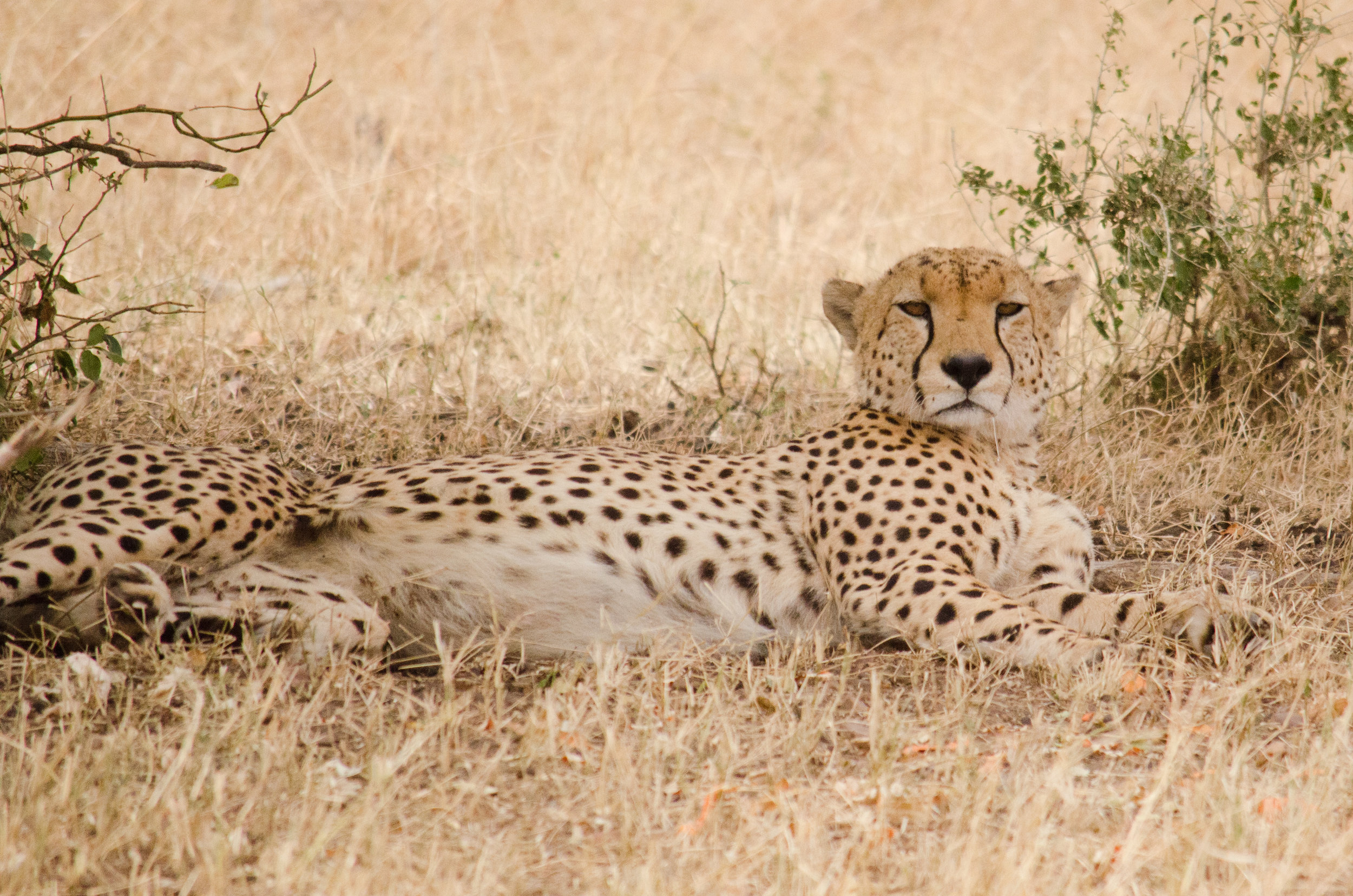
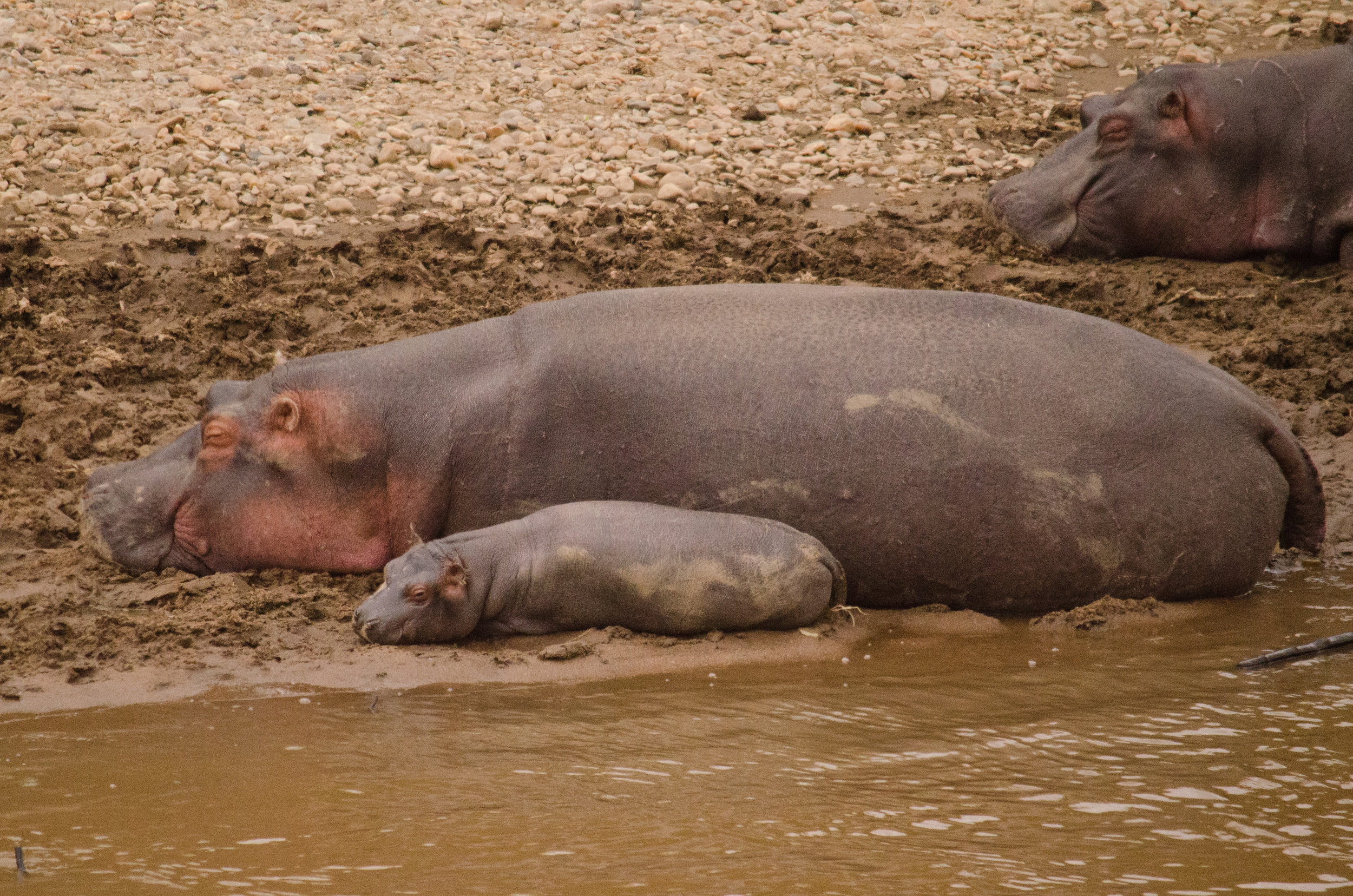
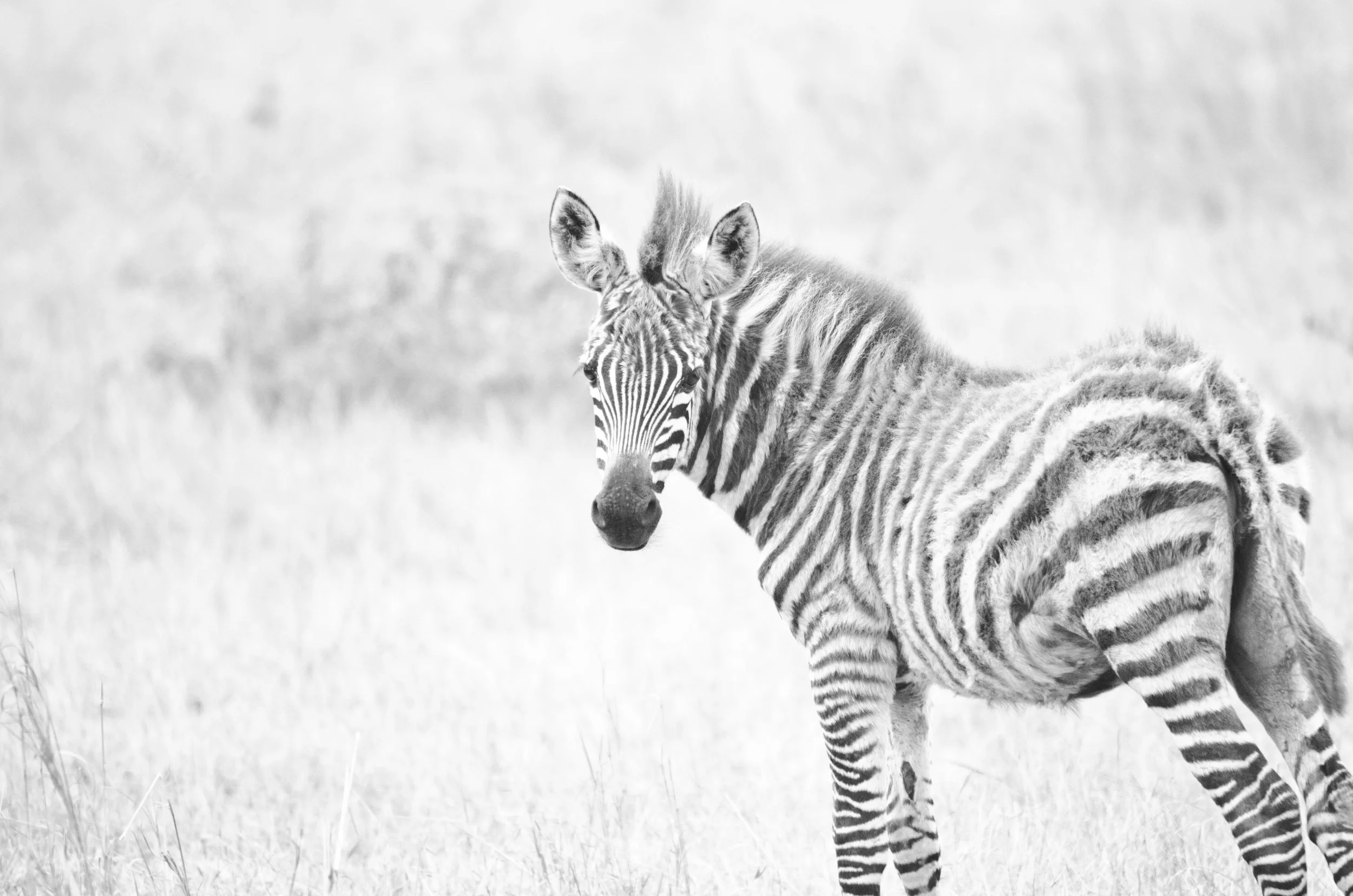
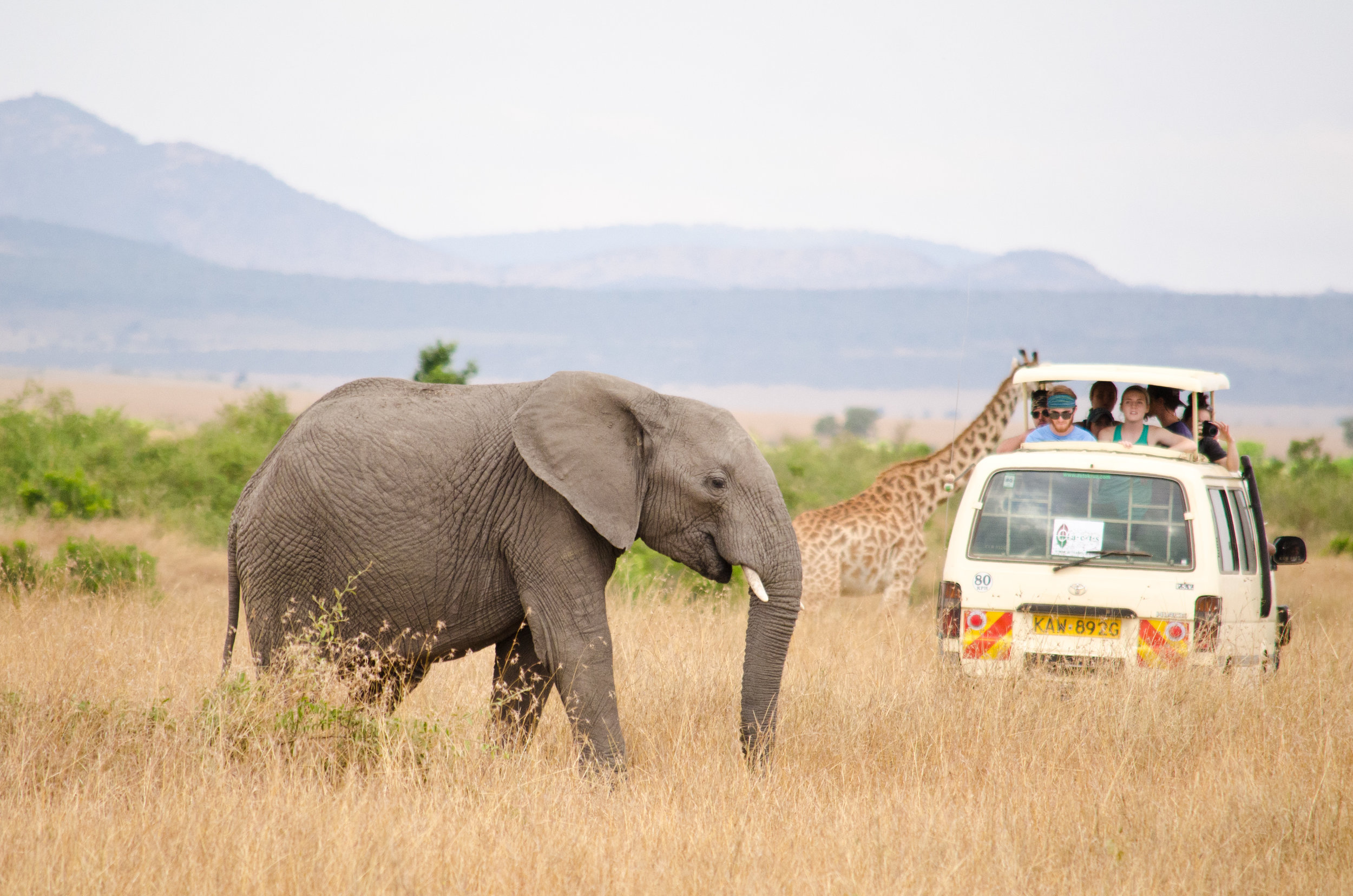
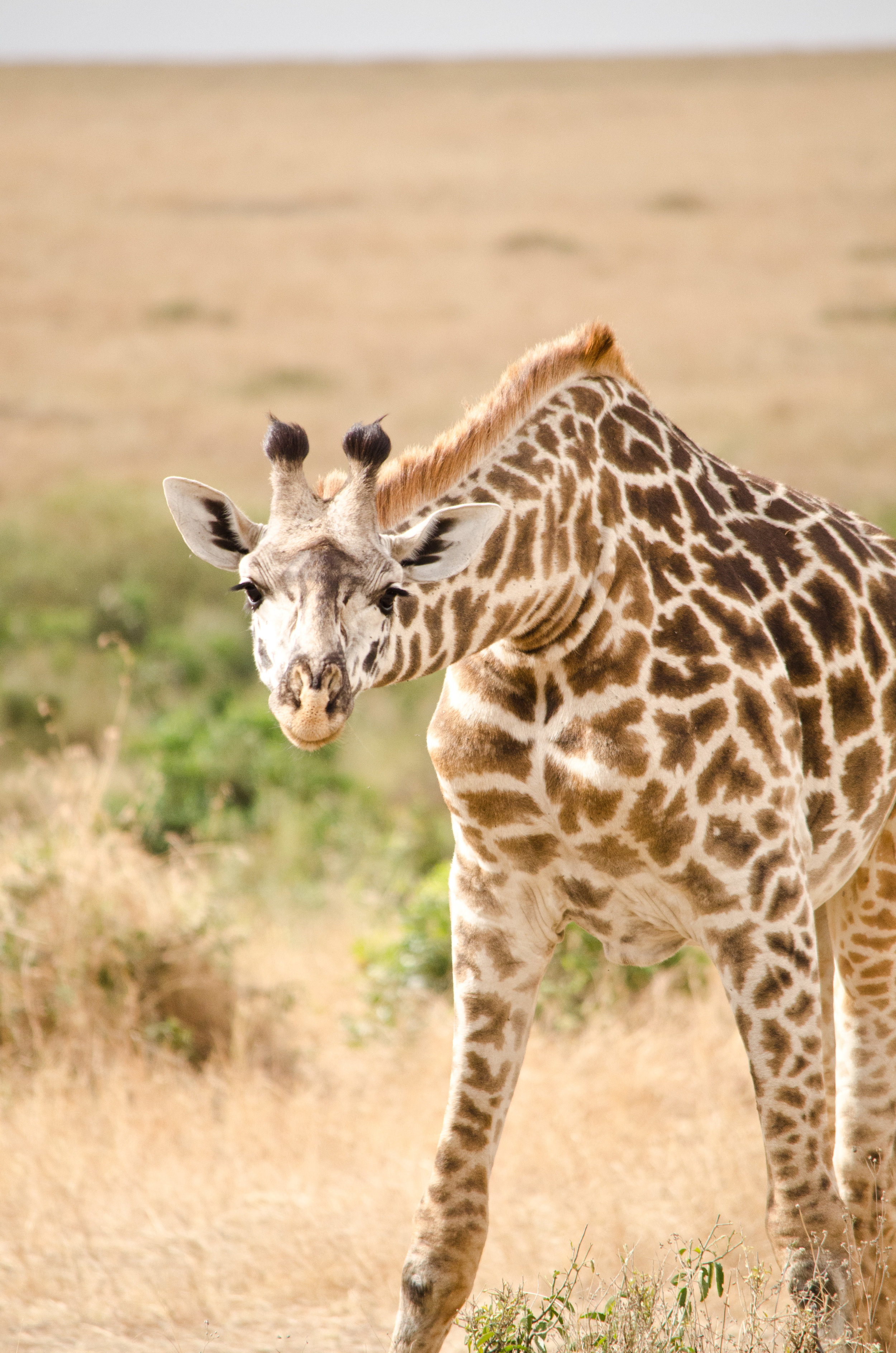
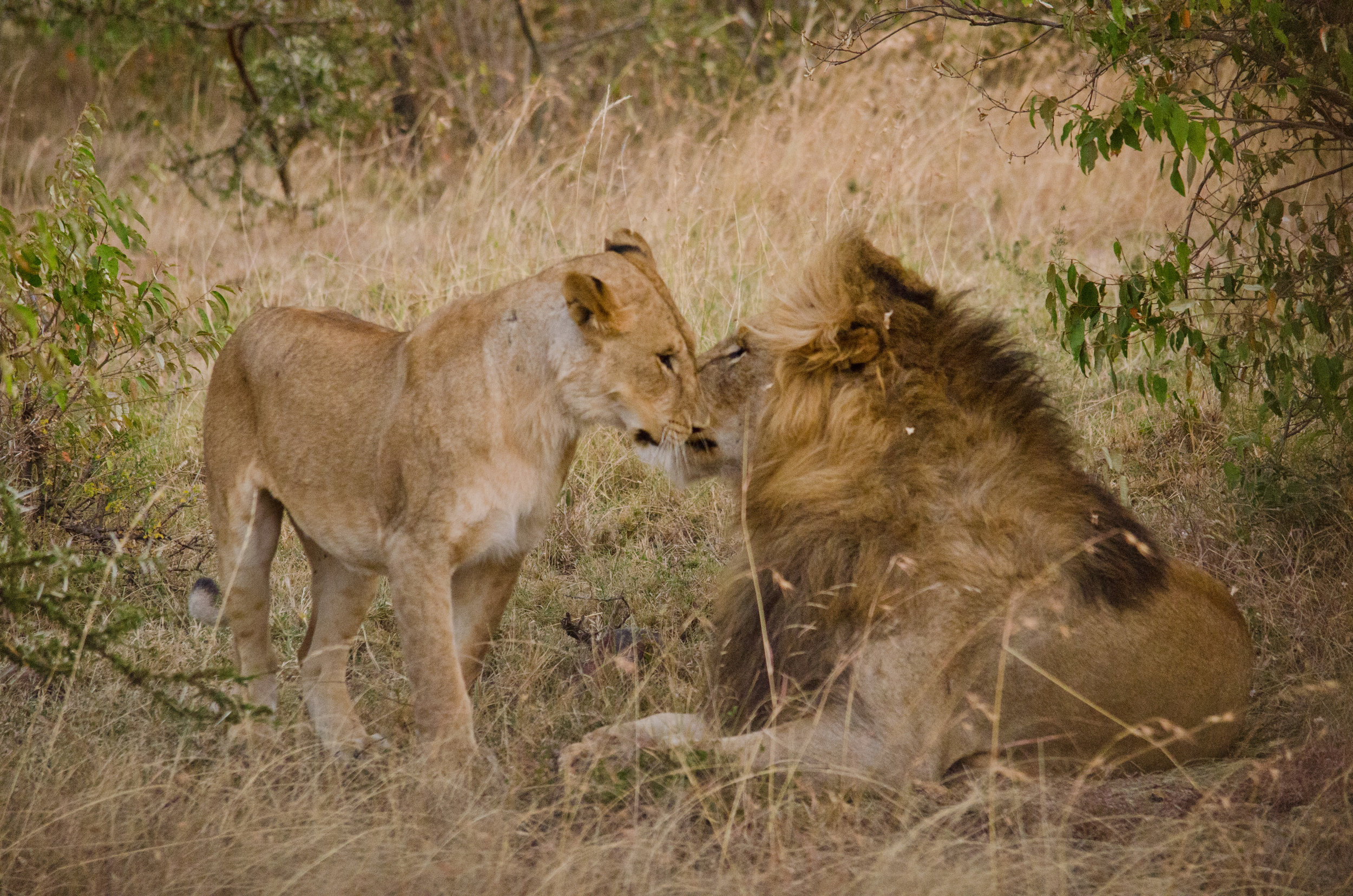

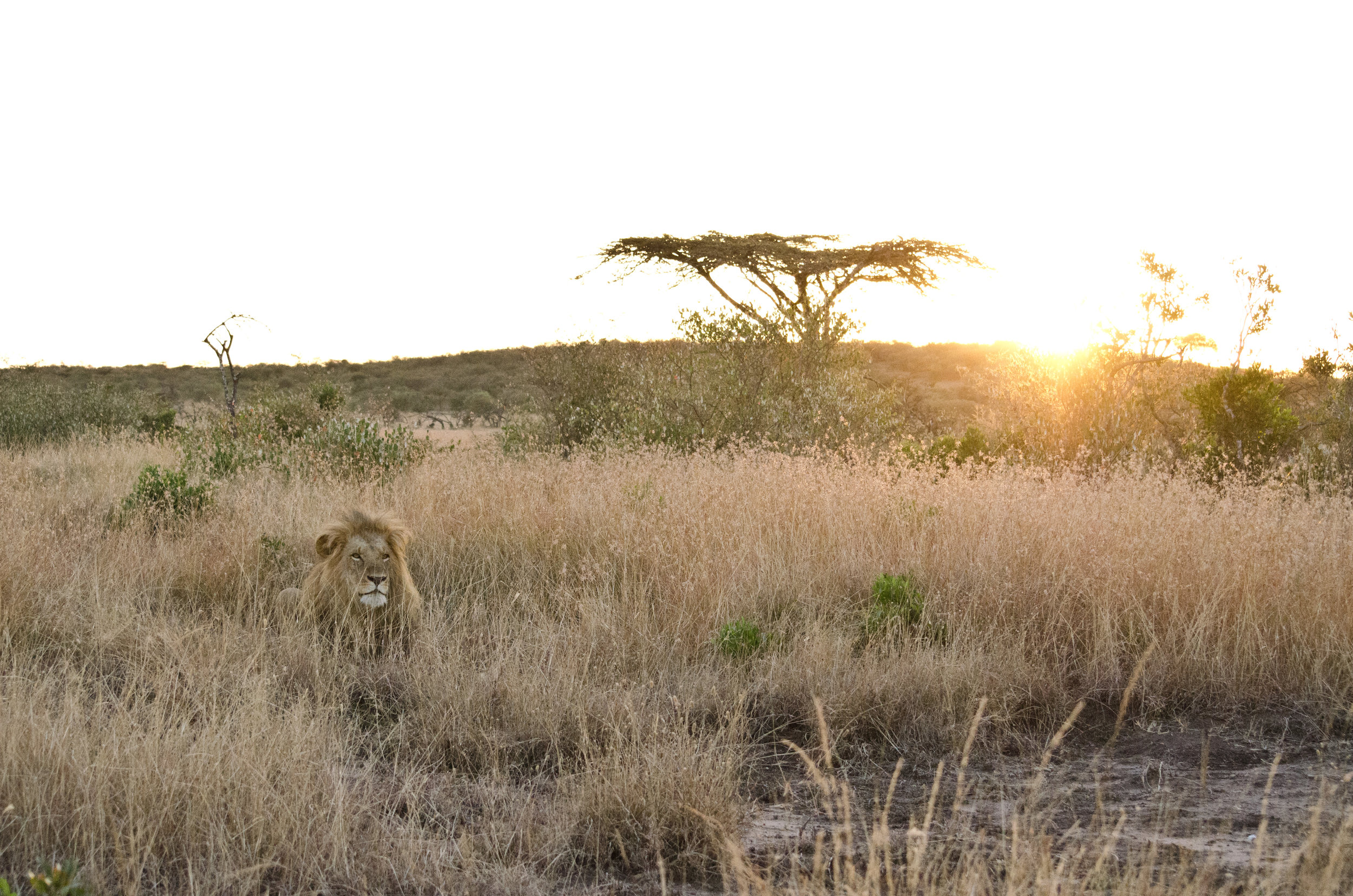
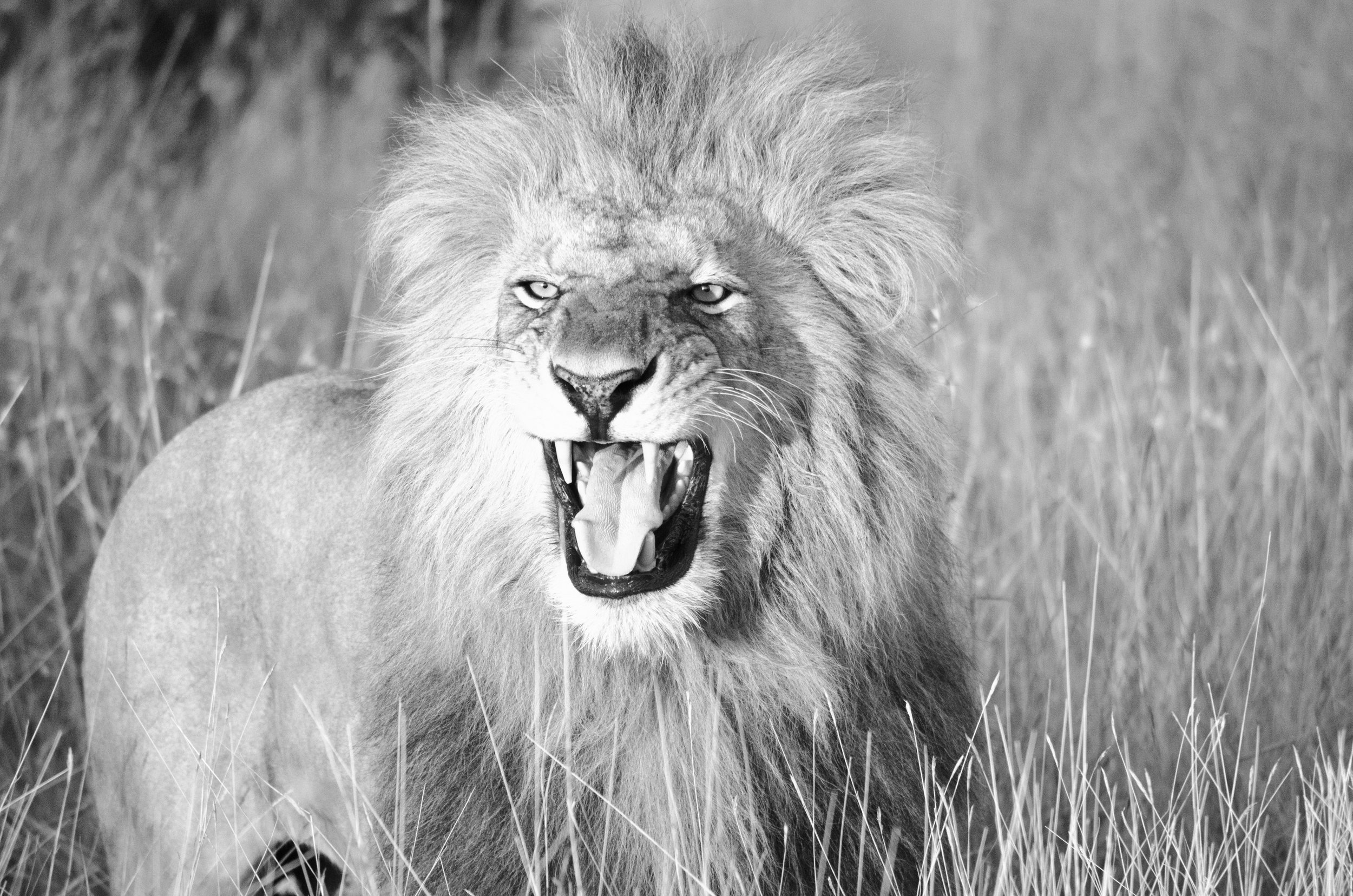

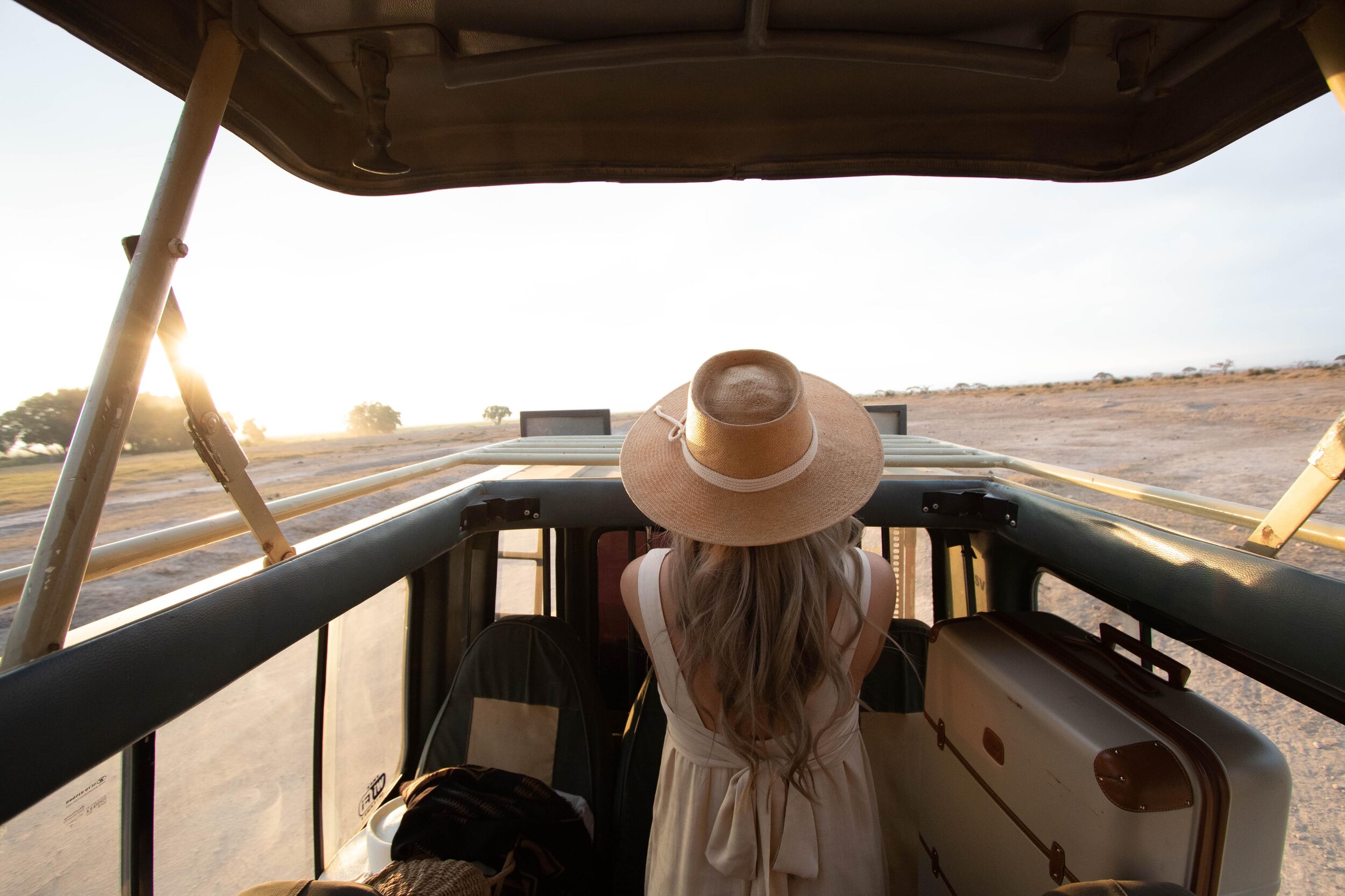





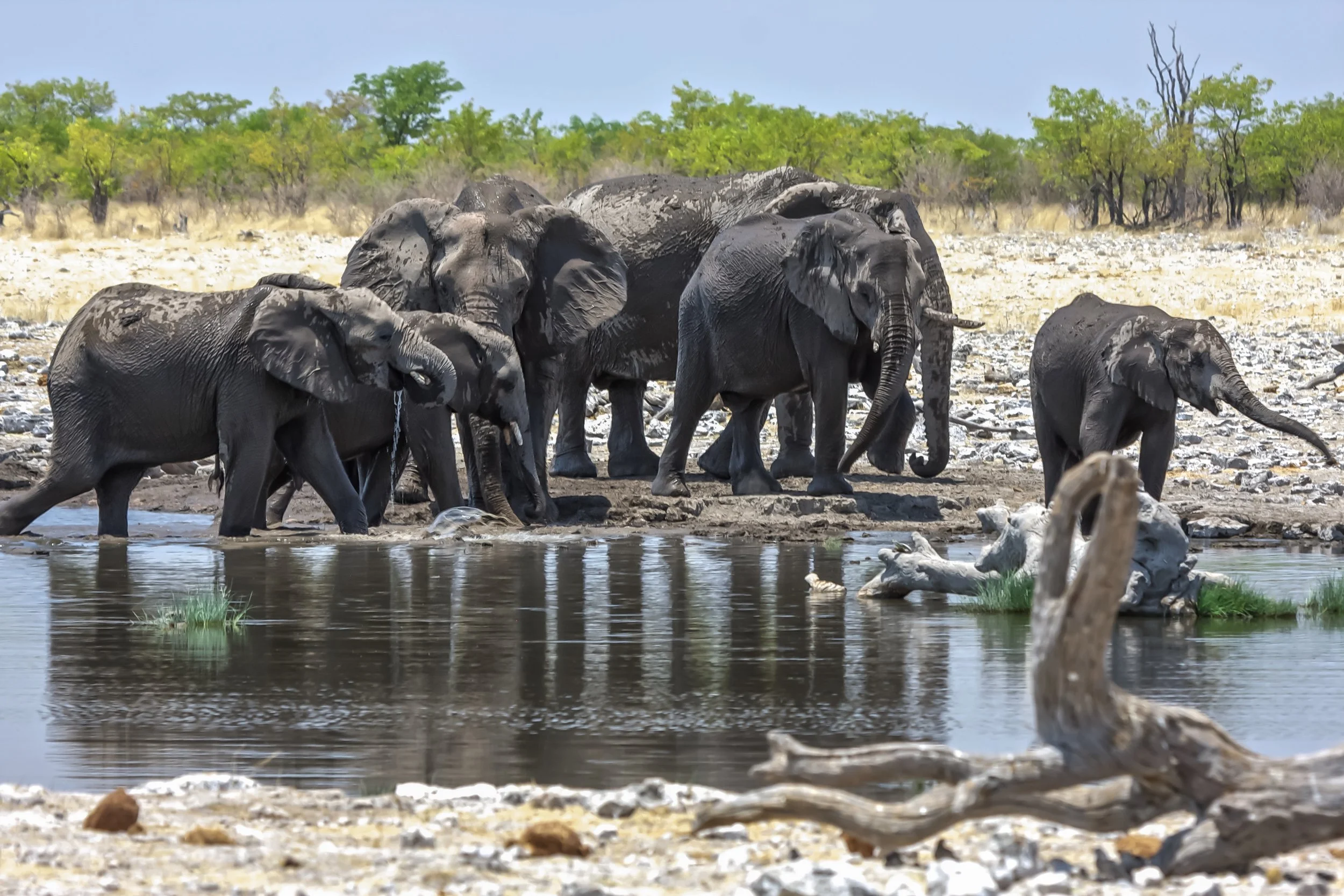











📍Kenya
8 days from $3,900
Limited to 16 travelers
See Details >
50% off with code: “50OFF”
For select travel dates until December 2025
Offer expires March 31st, 2025